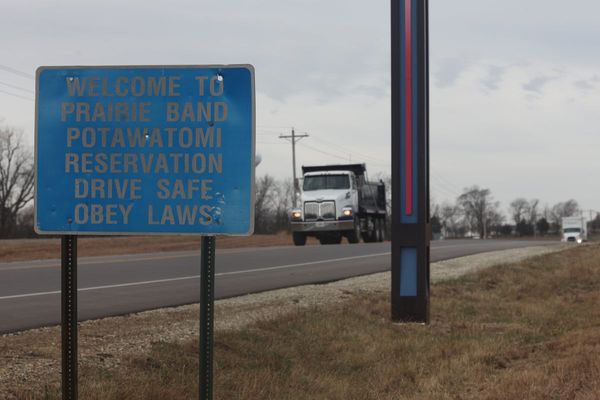
Japan has announced plans to use slightly radioactive soil, stored near the tsunami-hit Fukushima nuclear plant, for flower beds outside Prime Minister Shigeru Ishiba’s office.
The move is intended to demonstrate the safety of reusing soil that was removed from Fukushima prefecture during decontamination efforts following the 2011 nuclear disaster. Officials say that some of the soil has now reached levels deemed safe for reuse.
The government aims to reassure the public by using the soil at Ishiba's office in Tokyo, with plans to extend its use to flower beds and other purposes within government agency grounds.
The initiative follows guidelines established by the Environment Ministry in March, which have been endorsed by the International Atomic Energy Agency. The Fukushima disaster led to the release of substantial amounts of radioactive materials, causing pollution in the surrounding areas.
Japan is stuck with large volumes of the dirt, chopped trees and other debris collected during intensive decontamination work. It has 14 million cubic meters of dirt and other materials — enough to fill 11 baseball stadiums — stored at a sprawling outdoor facility straddling the towns of Futaba and Okuma, near the Fukushima plant.

The government is aiming to find disposal sites for the soil by 2045, with officials suggesting low risk material could be used to build roads and in other public works projects across the country.
The Environment Ministry said that the soil will be used as foundation material and safely covered with top soil thick enough to keep radiation at negligible levels.
But there is much public unease. The government has already been forced to discontinue a plan to experiment using some of the soil in flower beds at several public parks in and around Tokyo following protests.
The IAEA is providing assistance with the Fukushima decommissioning process, which requires removing more than 880 tons of melted fuel debris.
In 2023 Japan began discharging treated radioactive wastewater from the plant into the sea to reduce the risk of accidental leaks and to make space to build facilities needed for melted fuel removal.







